Reviewed by Corey Noles
A foldable iPhone seemed like science fiction just a few years ago. Now, with Apple reportedly targeting a fall 2026 launch, we're facing a fascinating twist: Touch ID returns to flagship territory for the first time since 2017. But here's the kicker—it's not coming back because Apple wants it to, but because they have to. The engineering realities of creating an impossibly thin foldable device are forcing design compromises that seemed unthinkable just a few years ago.
The rumored foldable iPhone will feature a book-style design with a 5.5-inch outer display and a massive 7.8-inch inner screen when unfolded. Analyst Ming-Chi Kuo predicts this premium device will cost between $2,000 and $2,500, making it potentially Apple's most expensive iPhone ever. The device will reportedly be virtually crease-free, a significant engineering achievement that could set it apart from current Android foldables.
What you need to know:
Space constraints drive authentication change: Ultra-thin 4.5mm profile eliminates room for Face ID's sensor array
Touch ID resurrection: Side-button fingerprint sensor replaces Face ID with advanced ultrasonic technology
Engineering breakthrough: Crease-free displays using specialized metal plates and in-cell technology
Premium positioning: Expected pricing above $2,000 with titanium construction and four-camera setup
Why bring back a "legacy" technology on Apple's most futuristic iPhone? The answer lies in physics meeting ambition.
Space: the final constraint for Face ID
Here's the thing about creating impossibly thin devices—every millimeter becomes a battleground between competing technologies. Kuo reports the foldable will measure just 9.5mm when folded and an ultra-slim 4.5mm when unfolded. To put that in perspective, the iPhone 15 Pro Max is 8.25mm thick—and that's without folding in half. When you're working with essentially half that thickness per panel, something has to give.
Face ID's TrueDepth camera system demands significant internal volume for its complex array of infrared sensors and dot projectors. While Apple is reportedly testing under-display Face ID for the iPhone 18 Pro in 2026, that technology won't be ready for the foldable's tight timeline. The engineering challenge isn't just about making sensors smaller—it's about maintaining the security and accuracy that Face ID delivers while working through the optical interference of folding displays.
Instead, Apple will integrate Touch ID into a side button, similar to the current iPad Air and iPad mini design. This marks the first time a premium iPhone will use fingerprint authentication since the iPhone 8 launched alongside the iPhone X in 2017. But it also creates unique opportunities—when the device is folded, users get instant authentication without unfolding, potentially faster than Face ID in certain scenarios.
What makes this Touch ID different?
Don't expect your grandfather's home button. Apple has been refining fingerprint technology significantly since Touch ID's early days, including advanced ultrasonic sensing improvements that use acoustic impedance matching technology. This isn't just marketing speak—it means the sensor can maintain accuracy even when your fingers are wet, dirty, or slightly damaged.
The side-button implementation will likely mirror the iPad's capacitive design, which offers faster recognition and better accuracy than the original iPhone home button. Apple's recent patents reveal work on optical touch sensors that remain functional when exposed to moisture—crucial for a device you'll be handling constantly while folding and unfolding.
The foldable's unique form factor creates new authentication scenarios that actually favor fingerprint technology. Users can authenticate while the device is closed, opened, or mid-transition. With Face ID, you'd need the device positioned correctly and the inner camera uncovered—Touch ID eliminates those restrictions entirely.
Engineering the impossible: crease-free displays and four cameras
Apple's foldable ambitions extend far beyond just cramming existing iPhone tech into a folding form factor. The company is reportedly achieving a "crease-free" display using advanced engineering that current Android foldables can't match, specifically shifting from on-cell to in-cell display technology combined with a specialized metal plate that disperses bending stress across the entire display surface.
Even more impressive: Apple has patented self-healing display materials that can repair minor scratches automatically using heat, light, or electrical current. The technology activates transparent conductors within the display cover layer to generate localized heating, causing the self-healing material to flow and fill microscopic damage. This addresses one of the biggest concerns with foldable displays—long-term durability under repeated stress.
The four-camera system—two rear sensors, one front camera for the outer display, and one inner camera for video calls—presents its own space optimization challenges. Each sensor must deliver flagship-quality results while fitting into the constrained design alongside the folding mechanism, battery systems, and new authentication hardware.
Beyond cameras and displays, the foldable will feature Apple's second-generation C2 modem and ship as an eSIM-only device, eliminating physical SIM slots entirely to reclaim precious internal volume for the folding mechanism and advanced display technology.
The price of innovation (literally)
Cool tech, but definitely not $2,500-cool for most consumers. Kuo predicts initial shipments of just 3-5 million units in 2026, with manufacturing complexity driving premium pricing and limited availability. Apple is positioning this as a top-tier flagship targeting early adopters and tech enthusiasts rather than mainstream consumers.
The titanium construction, crease-free display technology, and advanced folding mechanisms justify the premium pricing to some degree. With premium Android foldables like Samsung's Galaxy Z Fold 6 already commanding $1,800+ price tags, Apple's first foldable could easily exceed the upper end of Kuo's $2,000-$2,500 prediction. Early reports suggest just two color options—black and white—reflecting the limited-edition nature of this first-generation device.
The real question isn't whether Apple can build this technology, but whether enough consumers will pay MacBook Pro prices for a folding iPhone, even one with breakthrough display engineering.
Where does this leave Face ID's future?
This doesn't signal retreat from facial recognition—it demonstrates Apple's pragmatic approach to technological trade-offs. Apple is actively testing under-display Face ID for iPhone 18 Pro models, which could debut in 2026 alongside the foldable. The technology requires complex solutions for allowing infrared light through OLED displays while maintaining accuracy and security standards.
Display analysts expect eventual integration of both under-screen Face ID and under-screen cameras by 2027, potentially offering dual biometric options across the iPhone lineup. The foldable's Touch ID revival represents Apple's acknowledgment that the best authentication method depends on the specific device constraints and use cases.
For foldable devices, Touch ID actually offers practical advantages: instant access regardless of device position, functionality when partially folded, and authentication without requiring the device to "see" your face. As folding displays become thinner and more sophisticated, Apple may find that fingerprint authentication remains the optimal solution for this form factor permanently.
The bigger strategic question: will this experience convince Apple to bring Touch ID back to standard iPhones, or does Face ID maintain its crown once space constraints are less severe? The foldable iPhone becomes an inadvertent test case for consumer preference between Apple's two flagship biometric technologies.
Bottom line: Apple's foldable iPhone represents calculated technological pragmatism disguised as innovation. Whether consumers accept that trade-off at premium prices will determine if this engineering compromise becomes the new standard for Apple's most advanced devices.




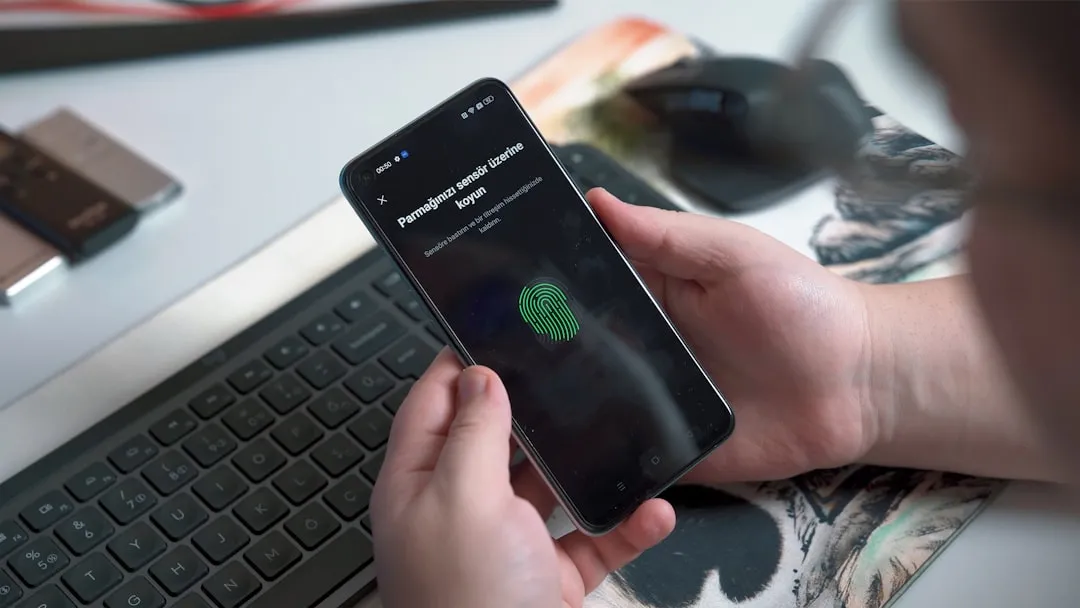
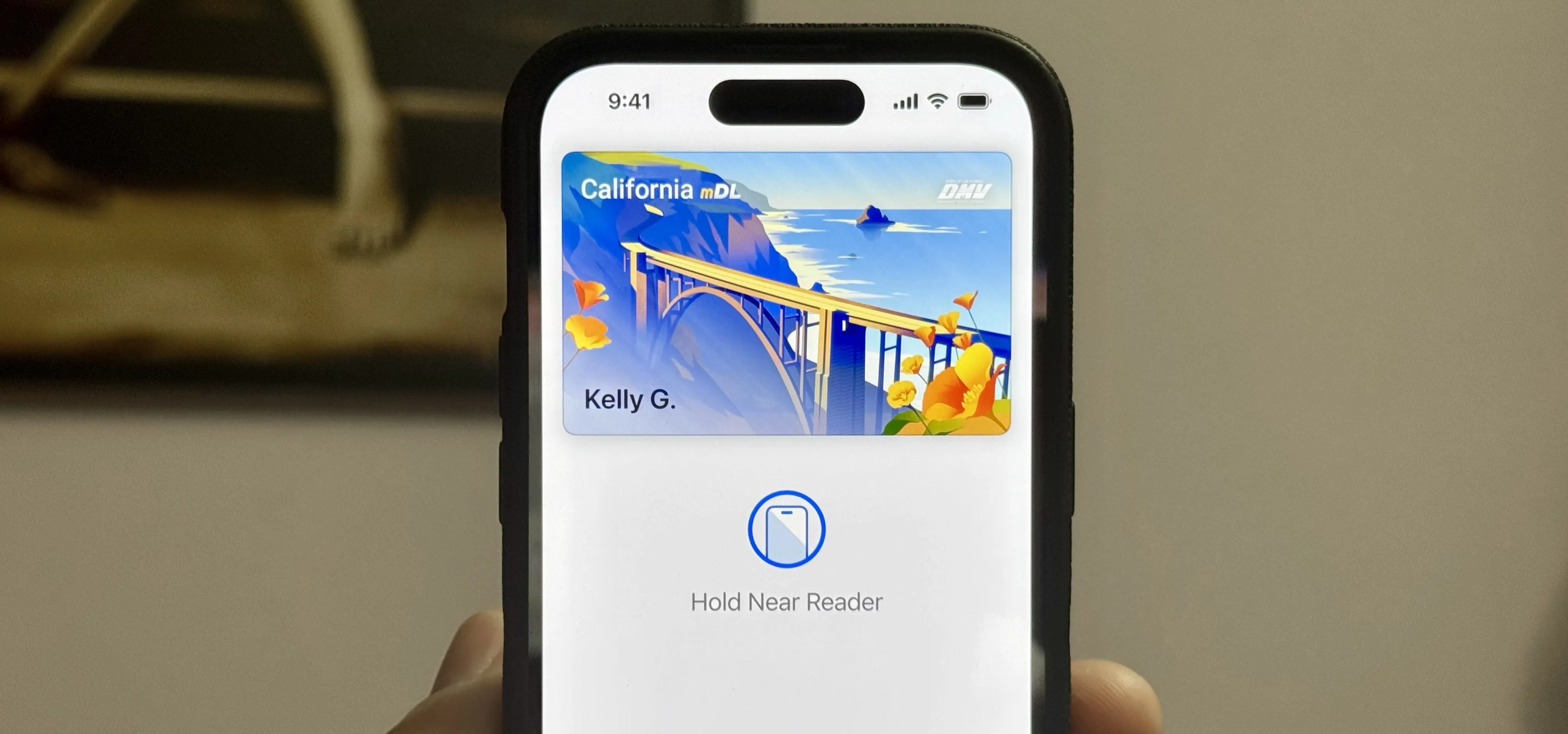
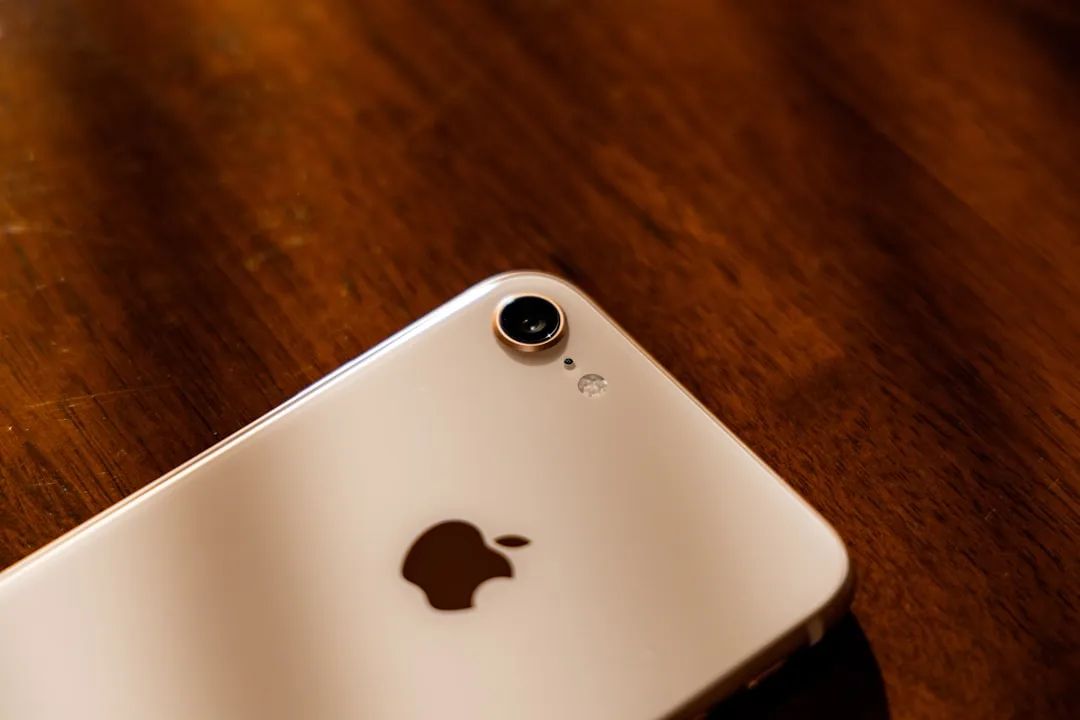
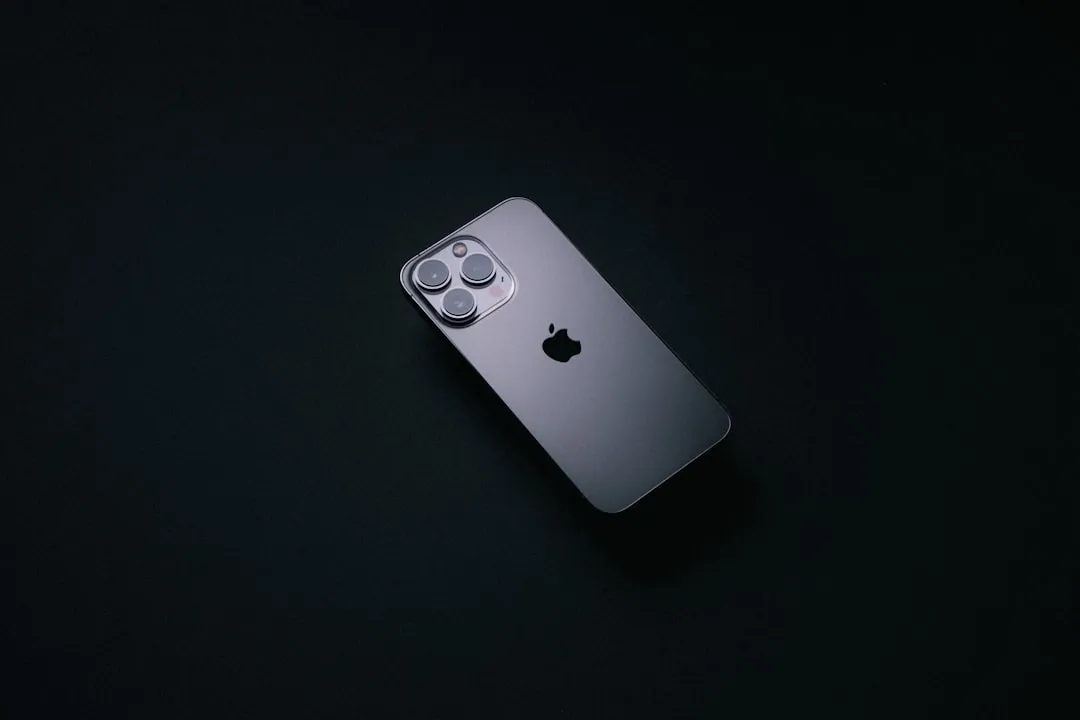
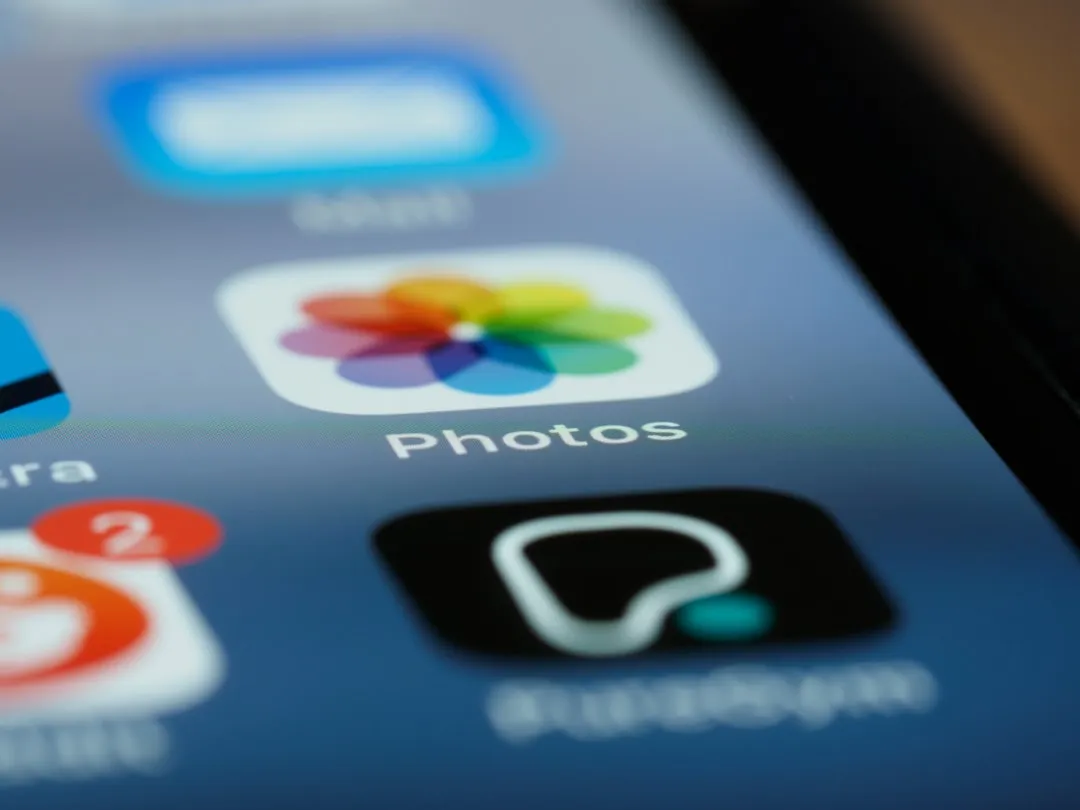
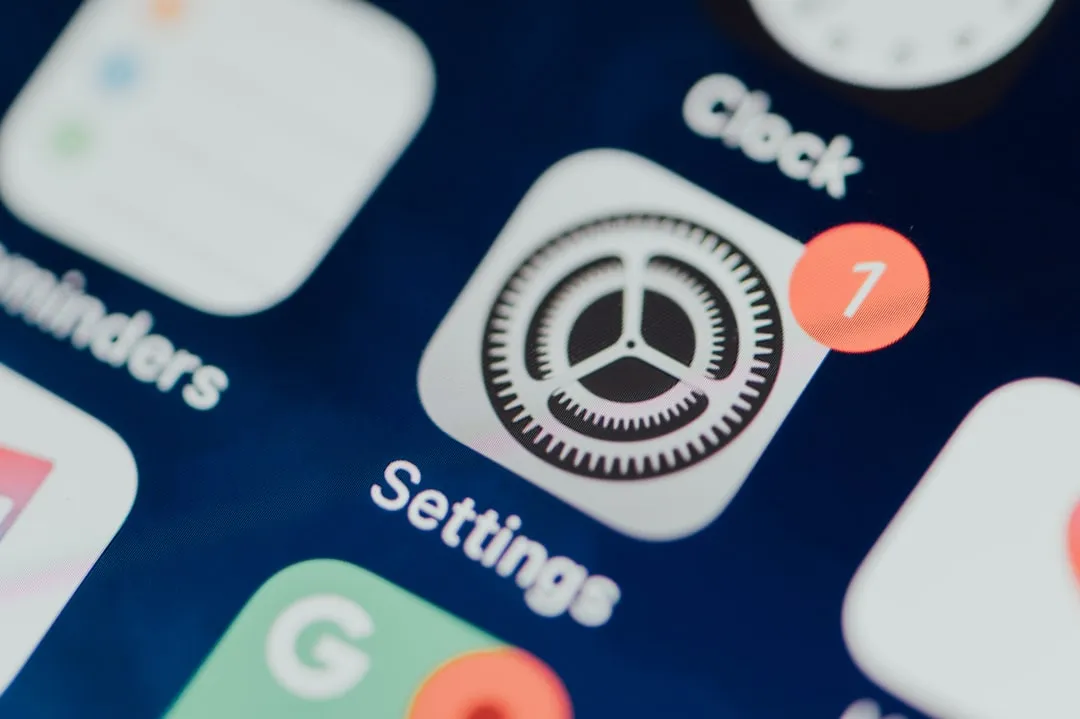
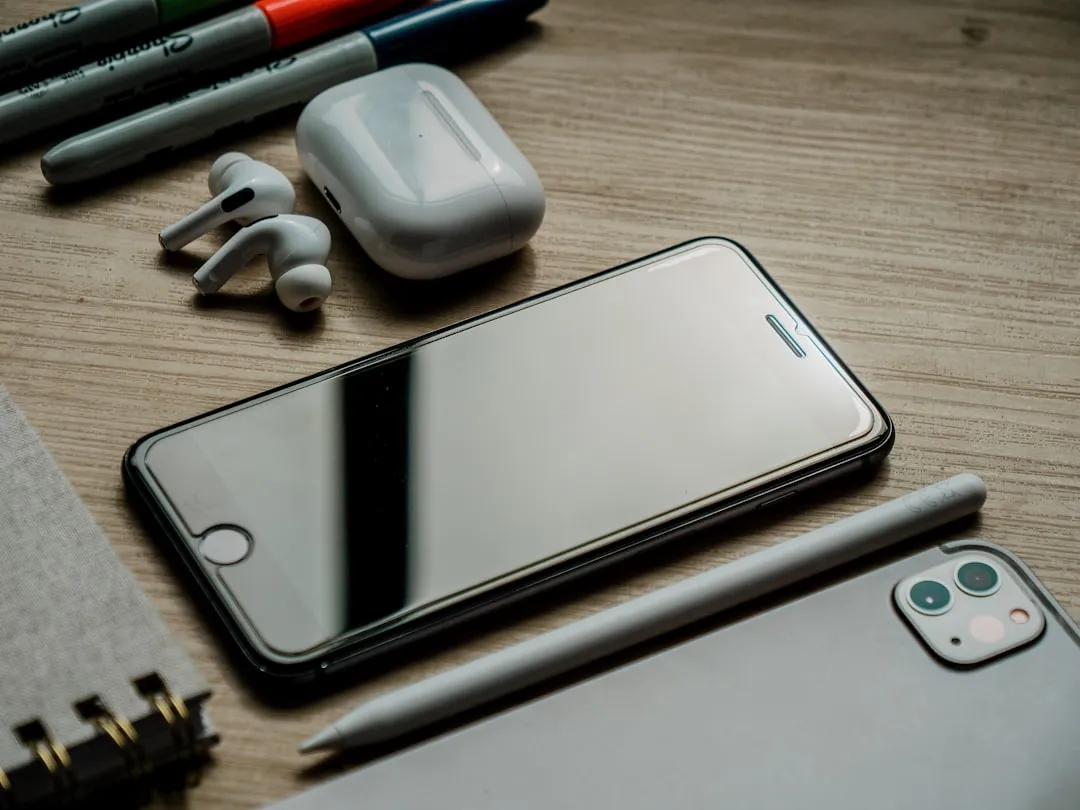

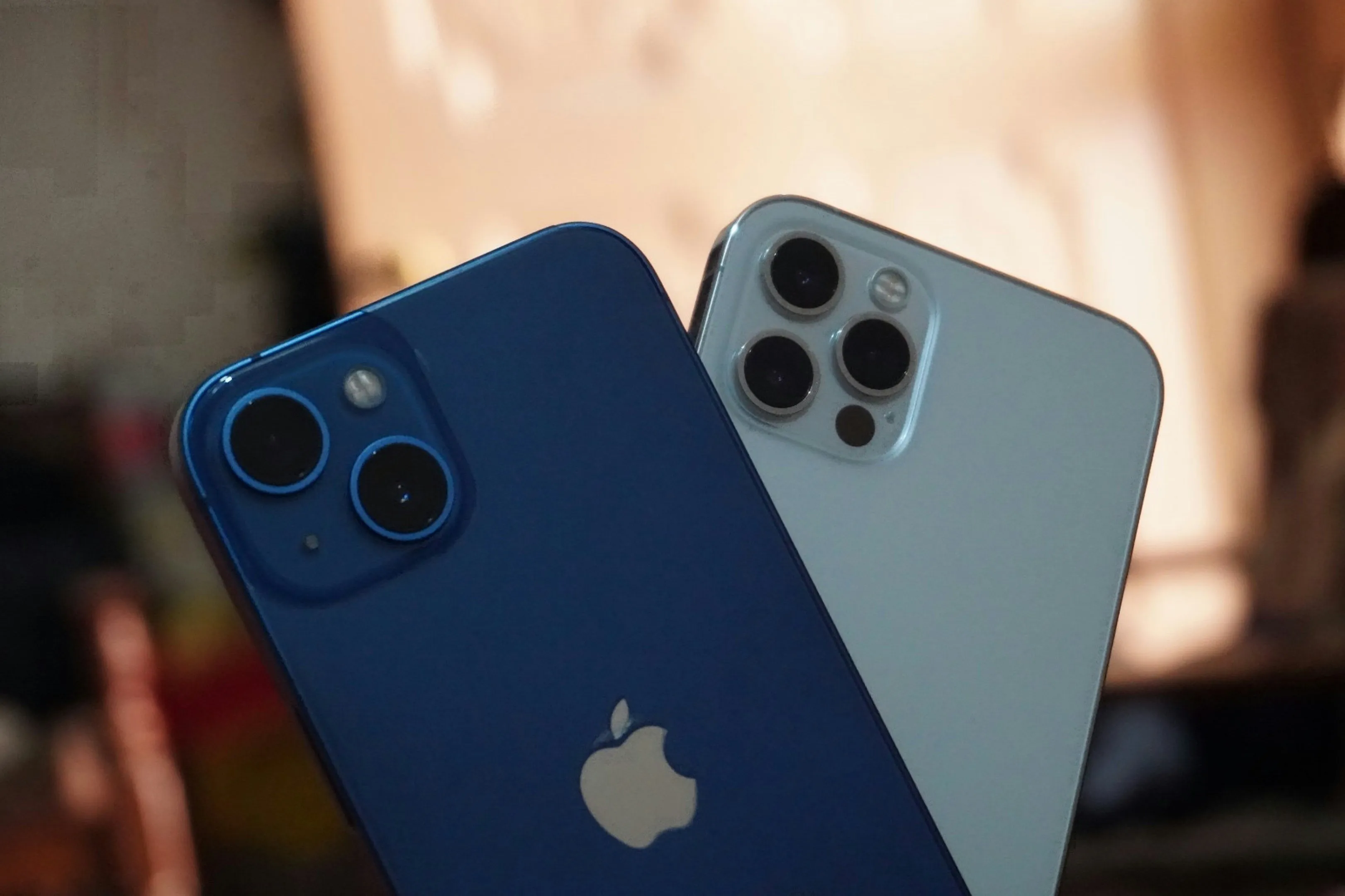

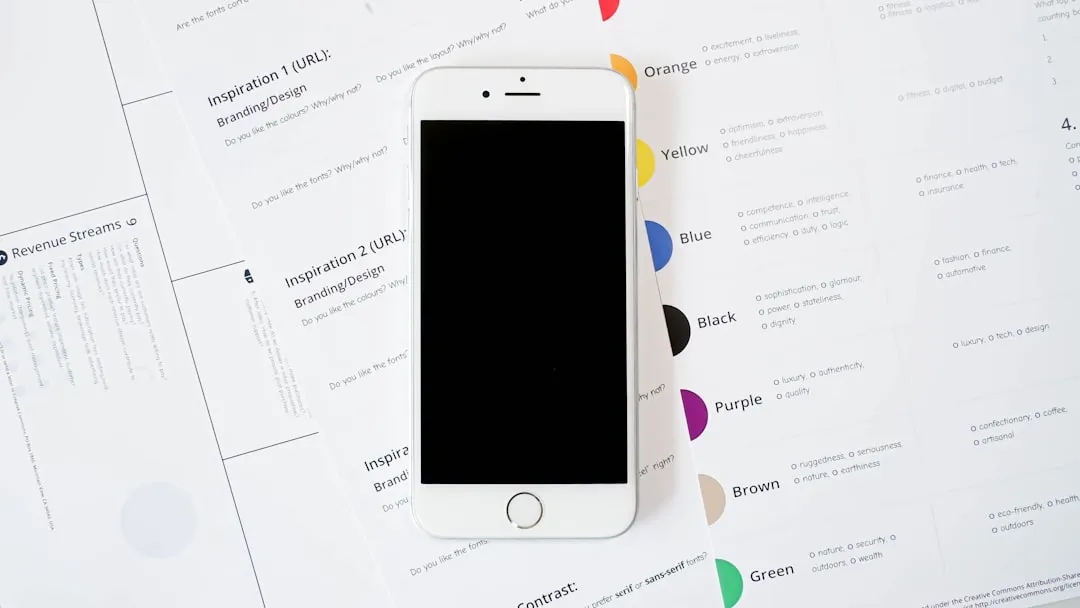
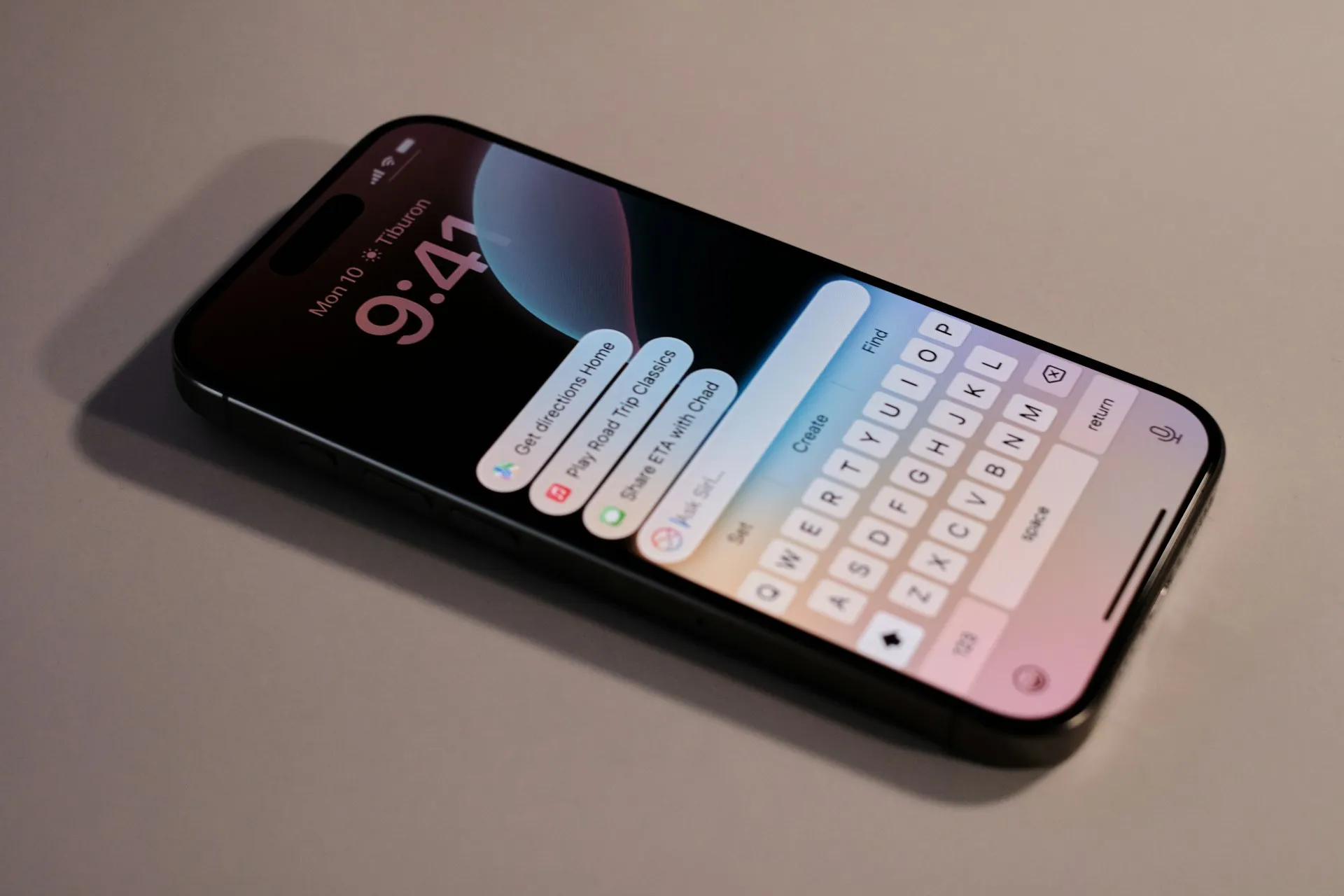

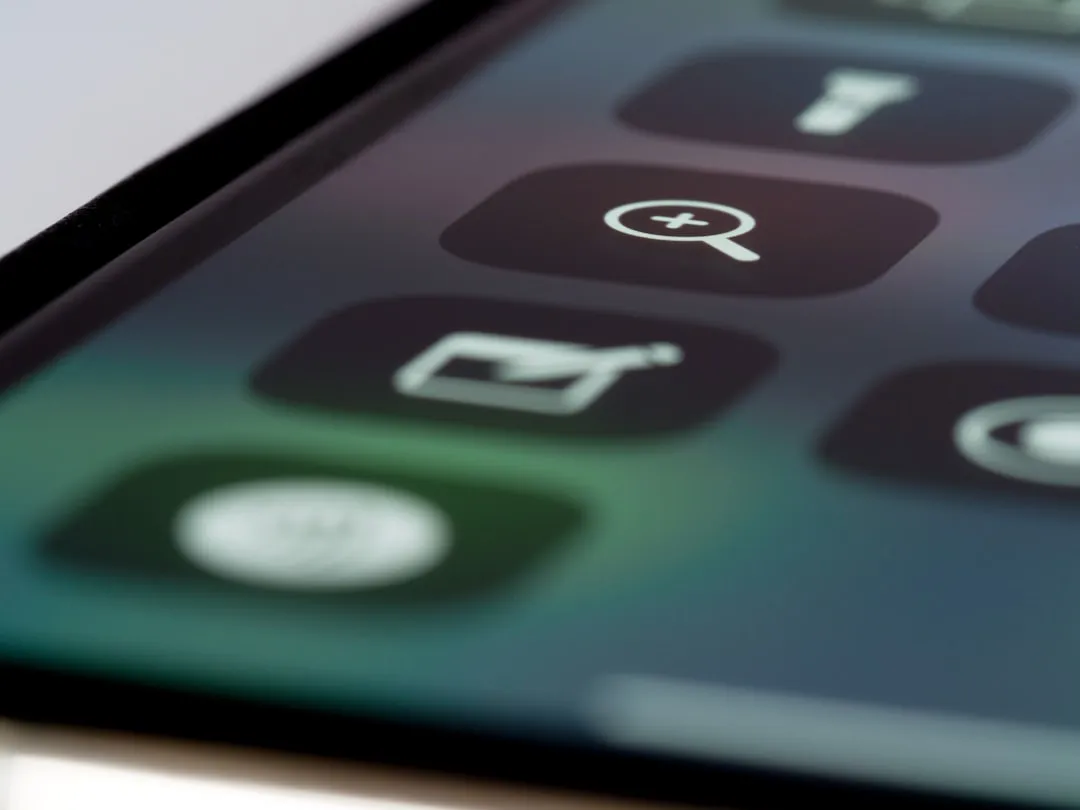
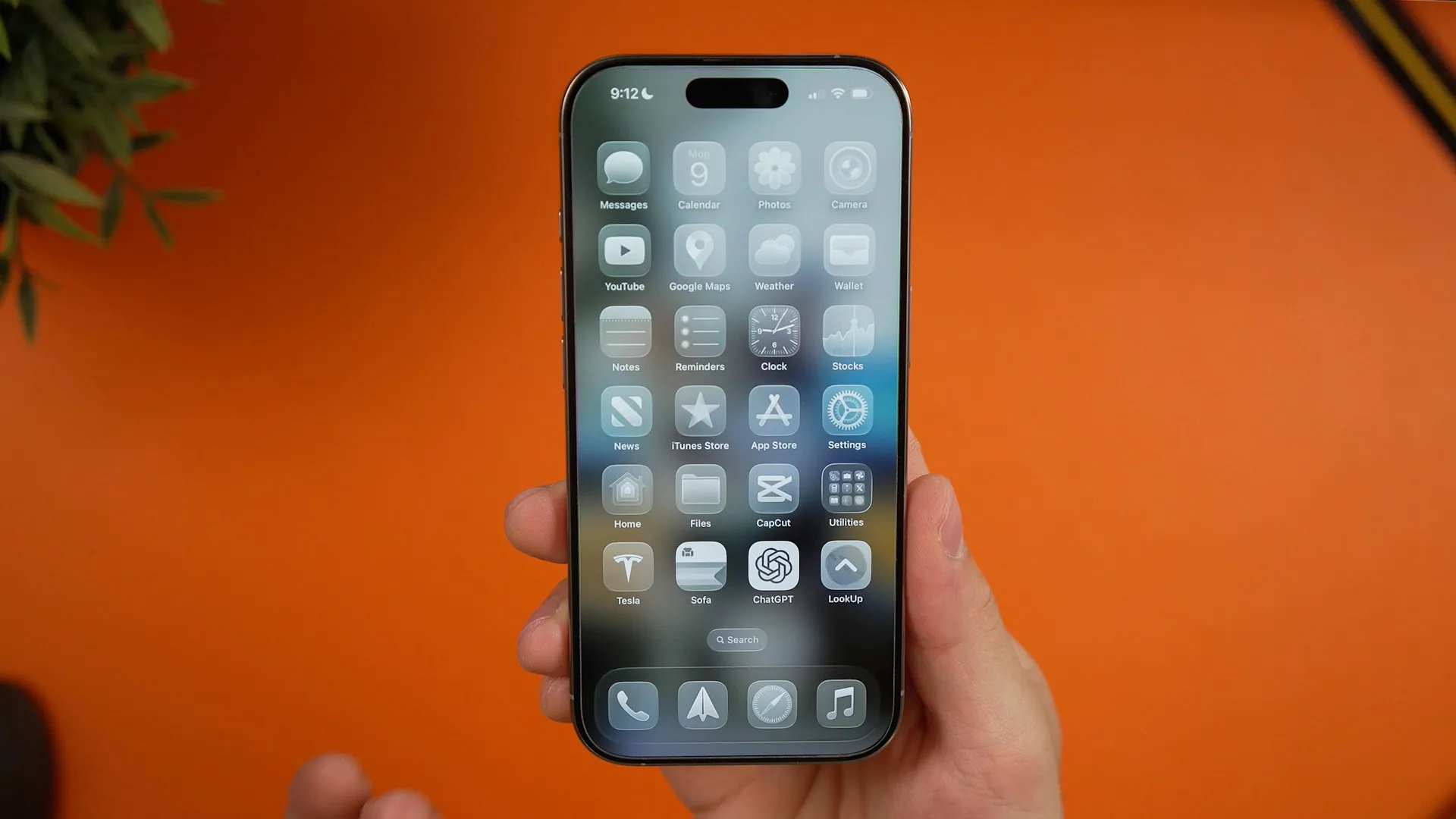
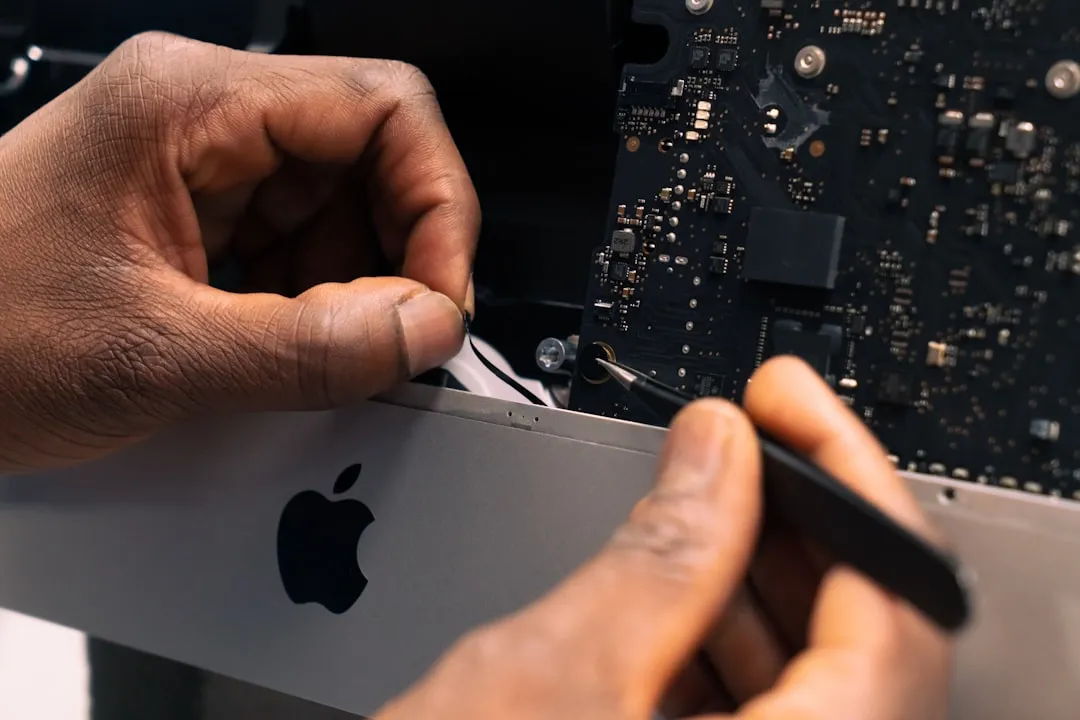
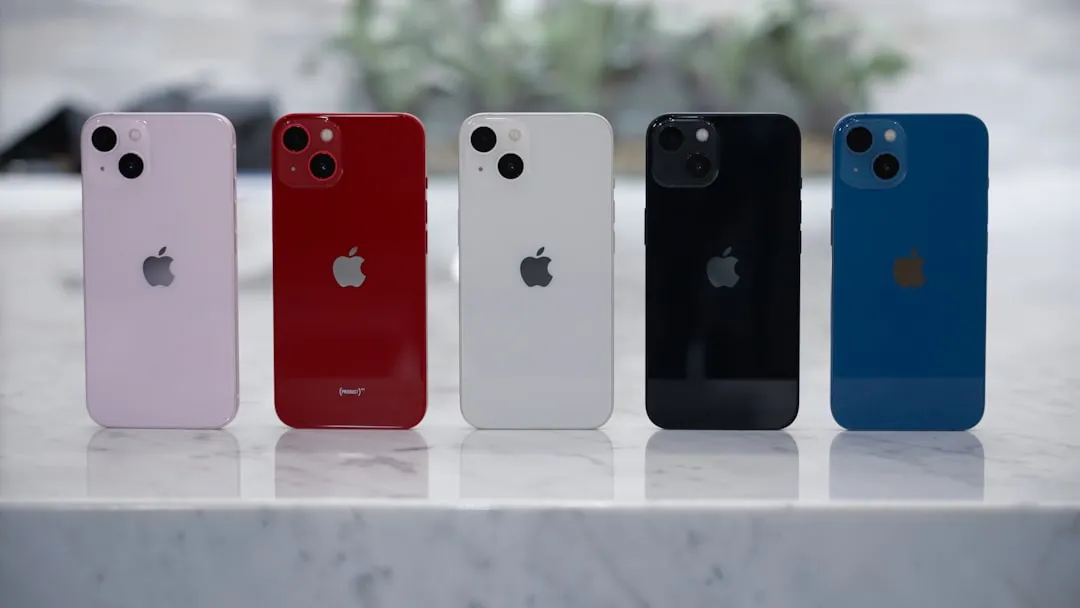
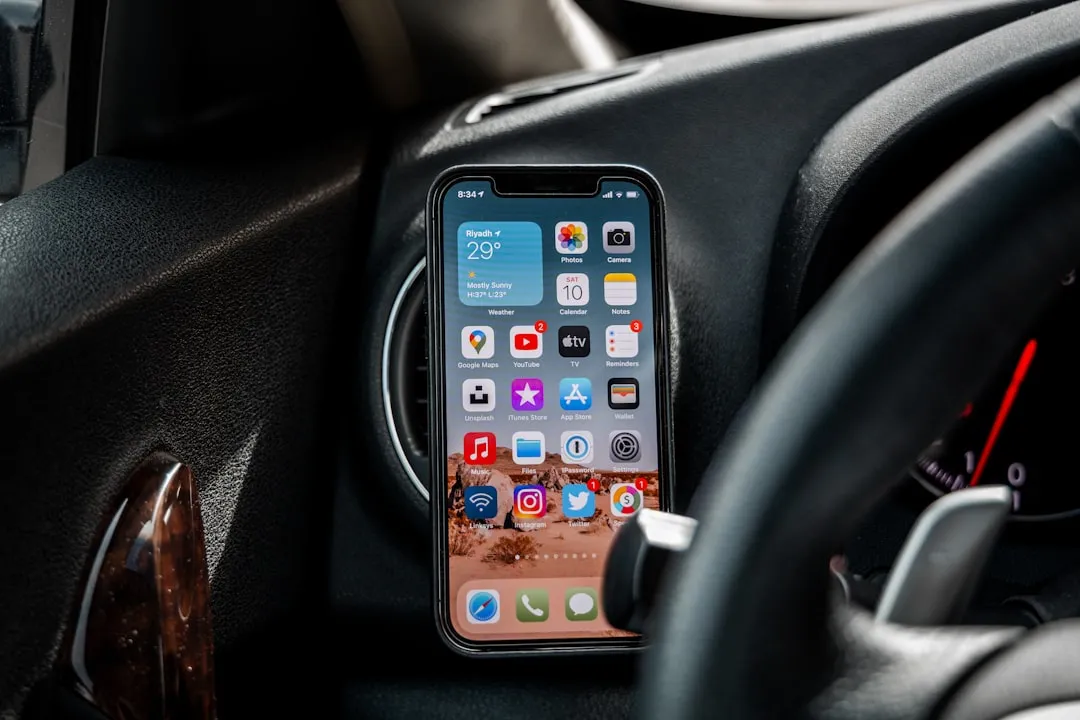


Comments
Be the first, drop a comment!